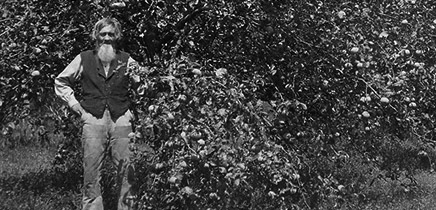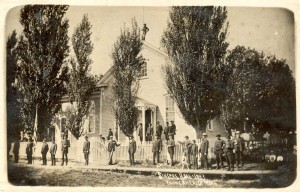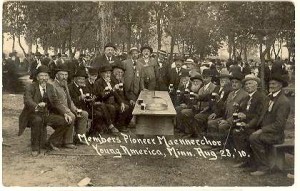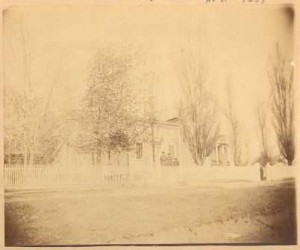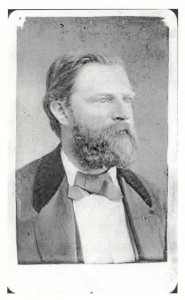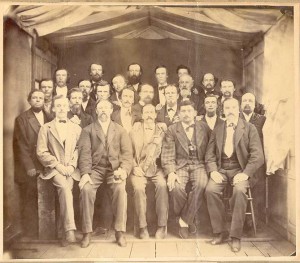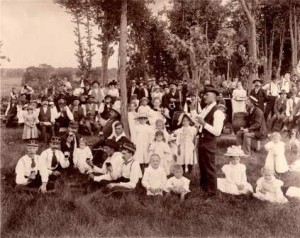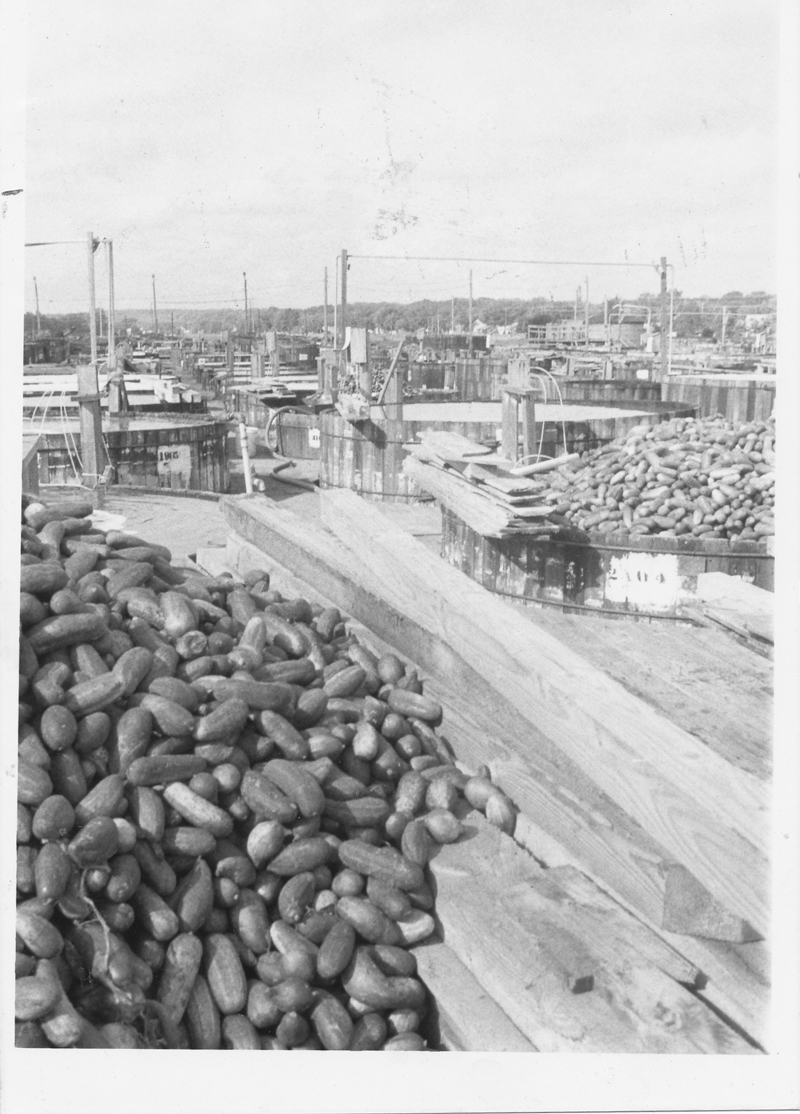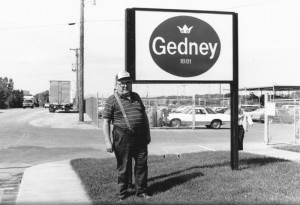Carver County’s long and rich history is well documented in the records of its various cities, city agencies, and government center. Schools, school districts, churches and civic groups have their own archives as well. Of special note are four historical societies that call Carver County home. These are the Chanhassen Historical Society, the Chaska Historical Society, the Watertown Area Historical Society, and the Willkommen Heritage and Preservation Society of Norwood Young America.
Local residents formed the Chanhassen Historical Society in 2007. Its original goal was to preserve the historic St. Hubert’s Church. The Society’s mission has broadened since then. Their goal is to enhance the lives of the larger Chanhassen community through the collection, preservation, interpretation and sharing of its history. The Society publishes a monthly article in the Chanhassen Villager. They also print a quarterly newsletter, The Chanhassen Historian. It frequently collaborates with other groups, such as the Carver County Library System and Carver County Historical Society, to present family programs and activities. It has no permanent offices.
The Chaska Historical Society was established in 1980. Its mission is to honor the heritage of the Chaska community by preserving, protecting, recording and sharing its history. The Society is housed at the Chaska History Center, 112 West Fourth Street, in the former Brinkhaus Livery Stable. This 1890 Chaska brick structure is on the National Register of Historic Places. It also has historical designation through the city of Chaska. The Chaska Historical Society designs River City Days displays and activities, provides research assistance, and offers books for sale relating to Chaska history. Run completely by volunteers, the History Center also houses local history displays.
The Willkommen Heritage and Preservation Society of Norwood Young America is Carver County’s newest historical society. Norwood Young America moved to new city offices in the fall of 2009. This move opened up space in the old library and city offices. A plan was presented to the city council on February 22, 2010 to open a history center in the library space. This plan was approved in March. The Society had its first meeting on April 8, 2010. By June 2010, they were formally incorporated. The mission of the Wilkommen Heritage and Preservation Society is to preserve the evidence of the past and tell the stories of Norwood Young America and its surrounding communities. This group provides displays at Stiftungsfest and within the history center. They also participate in preserving buildings of significance in the area.
The Watertown Area Historical Society, formed in 1998, is located in the Watertown Community Center. Its guiding mission is to collect, preserve and report the historical story of Watertown and its surrounding area. Its two most noteworthy activities are participation in the annual “Rails to Trails” celebration and a Christmas Open House in the downtown Watertown skyway. The Society also creates exhibits for year-round displays in the skyway and other locations around town.
These non-profit societies not only offer research resources and historical artifacts, but they are also leaders in preservation. They track the historical records of their cities, interpreting and presenting it for residents and visitors. Without organizations like these, much of the valuable resources and history of these areas would be lost.
Turning Point: Interest in history and preservation throughout Carver County sparked the creation of the Chaska Historical Society in 1980, followed by the creation of other local history groups.
Chronology:
- 1855: Carver County is formed in the Minnesota Territory.
- 1940: The Carver County Historical Society is formed.
- 1980: The Chaska Historical Society is formed by Chaska area residents.
- 1998: The Watertown Area Historical Society is formed.
- 2007: Chanhassen residents form the Chanhassen Historical Society to preserve St. Hubert’s Church and general city records.
- 2010: The Willkommen Heritage and Preservation Society of Norwood Young America is founded.
Bibliography:
Atkins, Paula. Chanhassen Historical Society Board of Directors President, email message to author, May 15, 2013.
Chaska Historical Society. Accessed May 15, 2013. http://www.chaskahistory.org/
Chaska Historical Society. Chaska: Chaska Historical Society.
Chaska Historical Society. Brinkhaus Livery Stable. Chaska: Chaska Historical Society.
Kroells, LaVonne. Willkommen Heritage and Preservation Society President, email message to author, May 20, 2013.
Watertown Area Historical Society. Founding of the WAHS. Accessed May 15, 2013. http://www.watertownmnhistoricalsociety.org/
Related Resources:
[Primary]
Atkins, Paula. “Now a Brief History.” Chanhassen Villager, February 10, 2011.
“Chanhassen Volunteers Plan a Historical Society.” Chanhassen Villager, May 30, 1991.
Chaska Historical Society. An Invitation to Take a Tour of Historic Chaska, Minnesota’s Brick City. Chaska: 1997.
“Chaska Historical Society Spoke to Group.” Chanhassen Villager, April 5, 2007.
“Historical Society, Preserving Chaska.” Carver County Herald, March 18, 1981.
[Secondary]
Barac, Lavonne. Chaska:A Minnesota River City, Volume 1 and 2. St. Paul, MN: Carver County Public Library, 1989.
The Book Committee. 125th Anniversary of the City of Young America, Minn., 1856-1981. Norwood: Times Printing Co., 1981.
Hess, Jeffrey. Going To Town. St. Paul, MN : Minnesota Historical Society, 1982.
Hoisington, Daniel John. Chanhassen: A Centennial History. Chanhassen, MN: The Press, Banta Corporation, July 1996.
Johnson, Charlotte Mary Speikers Christensen. The History of the Watertown, Minnesota Area 1856 to 2006: 150 Years of Community Life. Watertown, MN: 2006.
Norwood Book Committee. Norwood Centennial, 1872-1972. Glencoe, MN: Kopy Kat Printing, 1972.
Tremblay, Ruth and Lois Schulstad. Images of America: Carver County. Arcadia Publishing: Charleston, South Carolina, 2011.
[Web]
Chanhassen Historical Society. http://chanhistorical.org/

